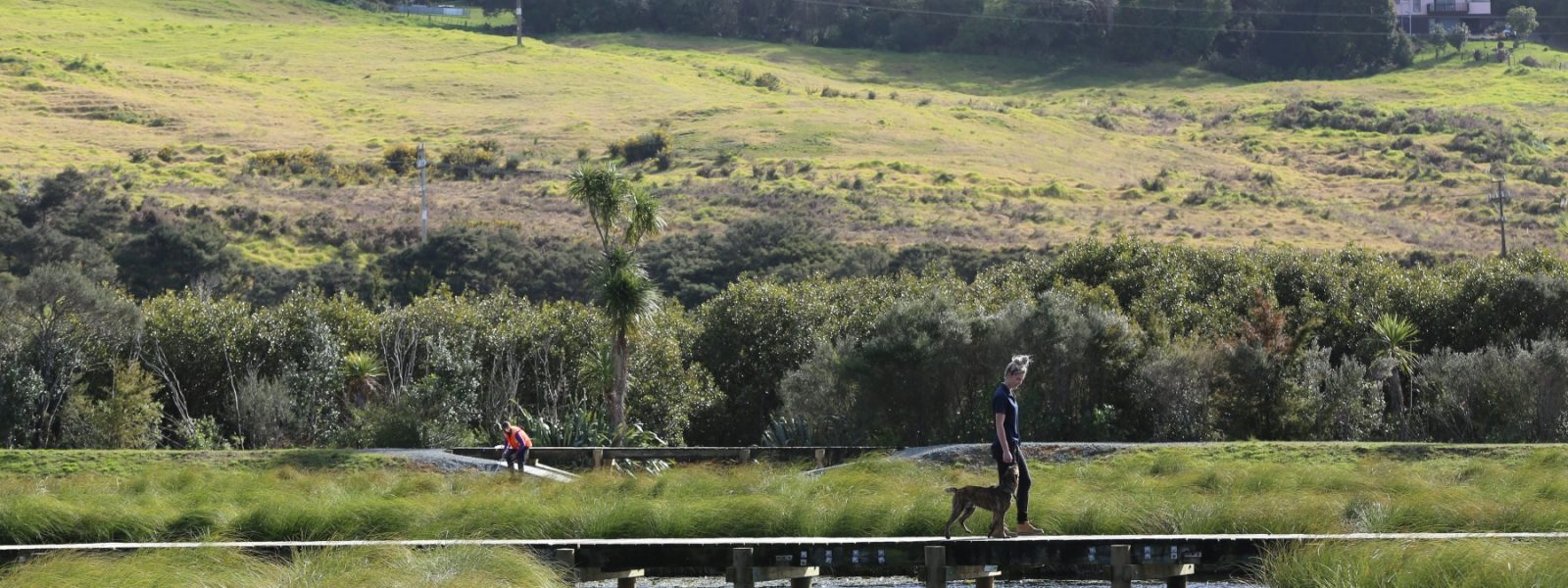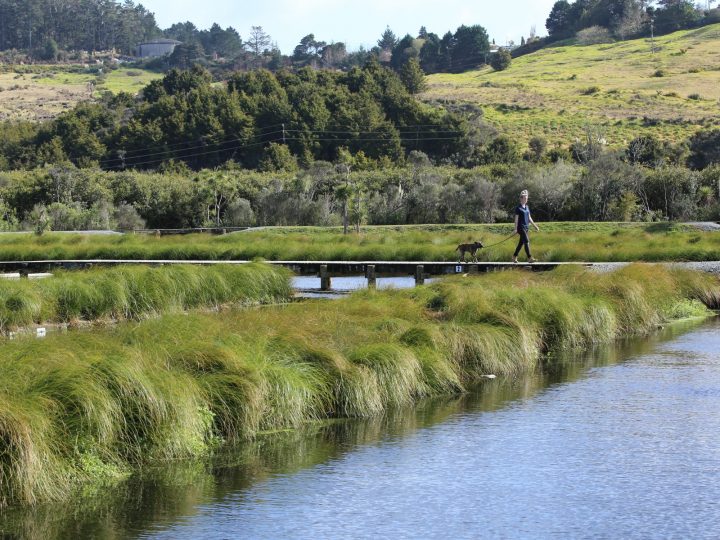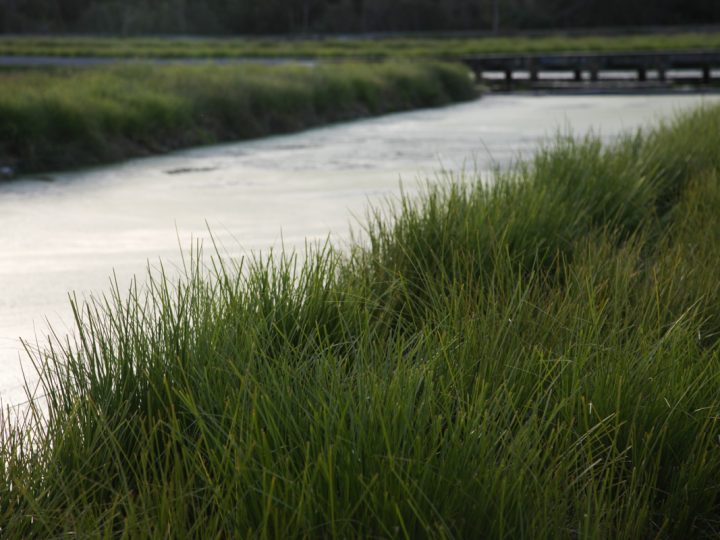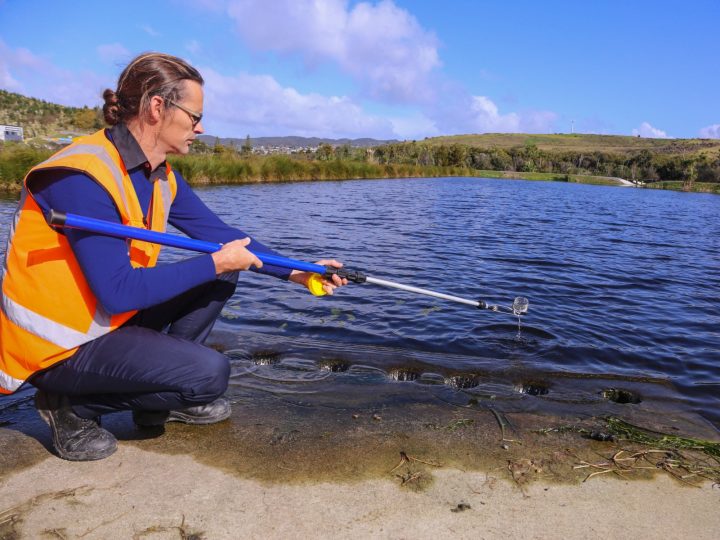Whangārei Waste Water Treatment Plant
Wetlands Upgrade
Whangārei's wastewater treatment system needed a wetlands upgrade and pipeline build, to ensure more capacity and improvement in water quality discharged from the ponds.
Heavy rain water had flooded overflow ponds, due to sludge build-up and vegetation that had built up over the years. Stage 1 of the project included dewatering the wetlands, displacing the sludge and vegetation, plus removing 300mm from the base of two ponds. The scope of works included the inlay of two timber retaining walls providing an area for disposal of the sludge; removal of two 600mm diameter inlet pipes running the length of the wetlands; construction of concrete weirs; erection of a timber boardwalk and landscaping.
Key features included:
- researching a cost effective solution for dewatering the wetlands and sludge removal, electing to use a series of EnviroSieve dewatering tubes, which capably contain the sludge while resisting clogs
- setting-up a complex pumping system to siphon the sludge from the wetland ponds into the tubes, where the fine grained particles were captured and separated from the excess water
- pumping over six million gallons into nine large tubes, leaving approximately 1500 dry tonnes contained within the tubes that were later incorporated into the landscape
- draining the combined volume of the wetland ponds in excess of 25,000m³, at rates of up to 60,000 gallons a day.
Close liaison with Whangarei District Council was essential throughout the project, particularly during extreme weather events that occasionally caused the treatment plant to require emergency overflow capacity into the wetland ponds.
As part of the stage 2 pipeline, we constructed a 140 metre long, 1050mm diameter culvert, at depths of up to three meters. This increased the capacity of water that could be discharged from the treatment plant to the ponds.
This upgrade has ensured the wastewater treatment system has more capacity (even in severe weather conditions), to pass treated wastewater through the wetlands and produce a higher quality water discharge.





